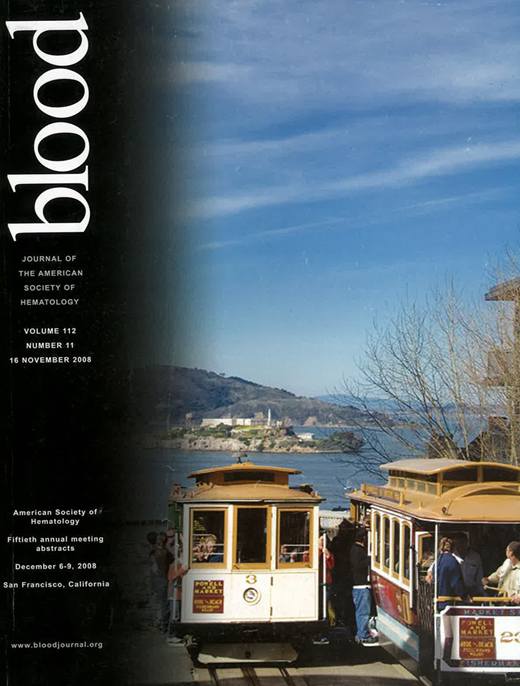Abstract
5-azacytidine (AZA) significantly prolonged overall survival in higher-risk patients with myelodysplastic syndromes (MDS) in a large, international, randomized, phase III trial (AZA-001). However, data about efficacy and safety of AZA in lower risk MDS are less consistent and only few small studies have addressed this topic. Among a total of 246 MDS treated with AZA in 31 different Italian Institutions since 2005 within to a national patient named program, we evaluated 82 patients scored as low/int-1 IPSS risk MDS. Median age was 68 years (range 34–85), male/female ratio 50/32. According to WHO classification, there were 21 RA/RARS, 4 5q-syndromes, 20 RCMD, 24 RAEB-1, 5 RAEB-2, 4 CMMoL, and 4 MDS unclassified. Median time from diagnosis was 27 months (range 1–132). Sixty-eight patients (82.9%) were transfusion-dependent, sixty (74%) had received a prior treatment, mostly with erythropoiesis stimulating agents. AZA was administered as single drug in 61 patients (74.4%), while in the remaining subjects it was variously combined with growth factors, valproic acid or other agents. Forty-eight patients (58.5%) received a “standard” AZA dose of 75 mg/sqm/d s.c., thirty-four (41.5%) a fixed dose of 100 mg/d s.c. Single cycle treatment duration was 7 days in 45 patients (54.9%), < 7 days in 32 patients (39%), > 7 days in 3 patients (3.7%), unknown in 2 patients (2.4%). The median number of monthly cycles was 6 (range 1–21), and 63 patients (76.8%) completed at least 4 cycles. The most relevant toxicities observed (grade 3–4) were represented by myelosuppression (22%) and infections (6%). According to 2006-updated IWG criteria, overall response rate was 39% (47.5% in patients who had completed at least 4 cycles). In particular, complete response, partial response and hematological improvement occurred in 12.2%, 8.5% and 18.3% of patients (15.8%, 11.1% and 20.6% in those who were treated with at least 4 cycles), respectively. Stable or progressive disease was observed in 29.3%/25.6% and 30.2%/22.2% of patients receiving less than or at least 4 cycles, respectively. Response duration ranged from 1 to +21 months. There were no significant differences in response rate according to dose and schedule employed, although a slight trend in favour of 75 mg/sqm vs 100 mg fixed dose was seen (45.8% vs 29.4%, respectively). There was also no difference in the percentages of response according to age, previous treatment and transfusion dependence. Overall survival at 2 years was 62%. A survival benefit emerged for responding patients, compared to non responders (82% vs 57%) (p=0.015). A favourable trend was also observed for transfusion-independent patients, while age, pre-treatment and AZA dose did not influence survival. These data indicate that AZA may be safe and effective for a subset of patients with low/int-1 IPSS risk MDS, resistant or not suitable for alternative treatments. The efficacy may improve if at least 4 cycles are administered.
Disclosures: Musto:Pharmion: Honoraria, Research Funding.
Author notes
Corresponding author

